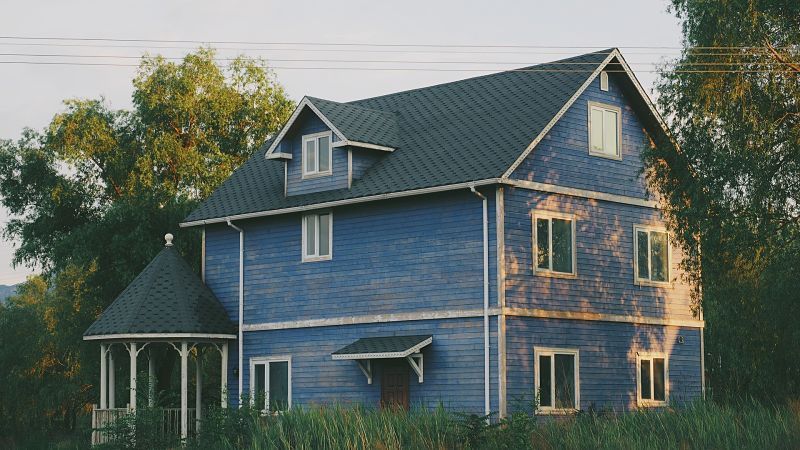 Fixing and flipping houses is expensive. In fact, most real estate-related ventures cost a pretty penny. This is all the more reason to establish a healthy budget before tackling a flip job. Don’t stop there. Actually stick to the budget. Real estate investors know that profit is the key to a successful fix and flip. Here are some tips for real estate entrepreneurs who want to fix and flip homes while following a strict budget.
Fixing and flipping houses is expensive. In fact, most real estate-related ventures cost a pretty penny. This is all the more reason to establish a healthy budget before tackling a flip job. Don’t stop there. Actually stick to the budget. Real estate investors know that profit is the key to a successful fix and flip. Here are some tips for real estate entrepreneurs who want to fix and flip homes while following a strict budget.
Use After Repair Value to Budget the Fix and Flip
How much will the property be worth after renovations? The after repair value (ARV) is the foundation of the flip budget. Determine this number before proceeding with purchasing the home. Speak to a local realtor or compare similar home values in the area to discover this number. Establishing the ARV will help decide whether this particular fix and flip investment is worth it.
Factor All Real Estate Costs into the Project Budget
There are many costs involved with purchasing a home. These include closing costs, inspection and appraisal fees, and realtor costs. However, this is just the tip of the iceberg with flipping homes. There’s also the renovation cost. This includes things like electrical, plumbing, and carpentry tasks, building permits, and contractor wages.
Here’s a recap of most of the expenses needed in the budget:
- Closing costs
- Realtor fees
- Appraisal and inspection fees
- Renovation costs (contractors, materials, permits, etc.)
- Listing charge
- Association fees
- Insurance
- Utilities
- Property tax
- About $10,000 for setbacks
- Finance charges
Speaking of finance charges, learn the details of the loan. Conventional home loans usually offer the lowest interest rates while hard money loans include much higher interest. Interest rates can add thousands of dollars to a fix and flip budget.
For example, when securing a 30-year, $200,000-loan with a fixed, annual nine-percent interest rate, the monthly payment includes a .75-percent interest charge. Therefore, if the renovation and sale of the home take six months, the investor pays $4,500 in interest charges alone.
Budget for the Fix and Flip Project
As mentioned earlier, interest charges continue compounding the longer the investor holds onto the property. Hence, time can mean a lot of money. Meet with all contractors and collect timelines for planned projects. Total these together then add a few “rainy” days on top of this. Many real estate gurus recommend finishing flips within two months.
Time on the market is another factor to budget. Refer to the neighboring comps to find out how long it took those houses to sell. For instance, if neighboring units sold after an average of four months, and the renovation will take two months, consider budgeting six months from acquisition to sale.
Constant Communication
Stay in touch with all of the contractors in case some setback occurs. Immediately learning and addressing an unexpected issue prevents further delays.
Be Frugal When Considering These Renovations
Consider sanding and applying a fresh coat of paint to wooden features like cabinets, floors, and doors, rather than replacing them. Also, try cleaning and painting the drab garage door instead of purchasing a new one. Some other budget-friendly tricks include:
- Install simple landscaping plants and elements
- Shop antique and craft stores
- Paint interior walls neutral colors
- Replace kitchen and bathroom hardware
- Use budget tools and spreadsheets



